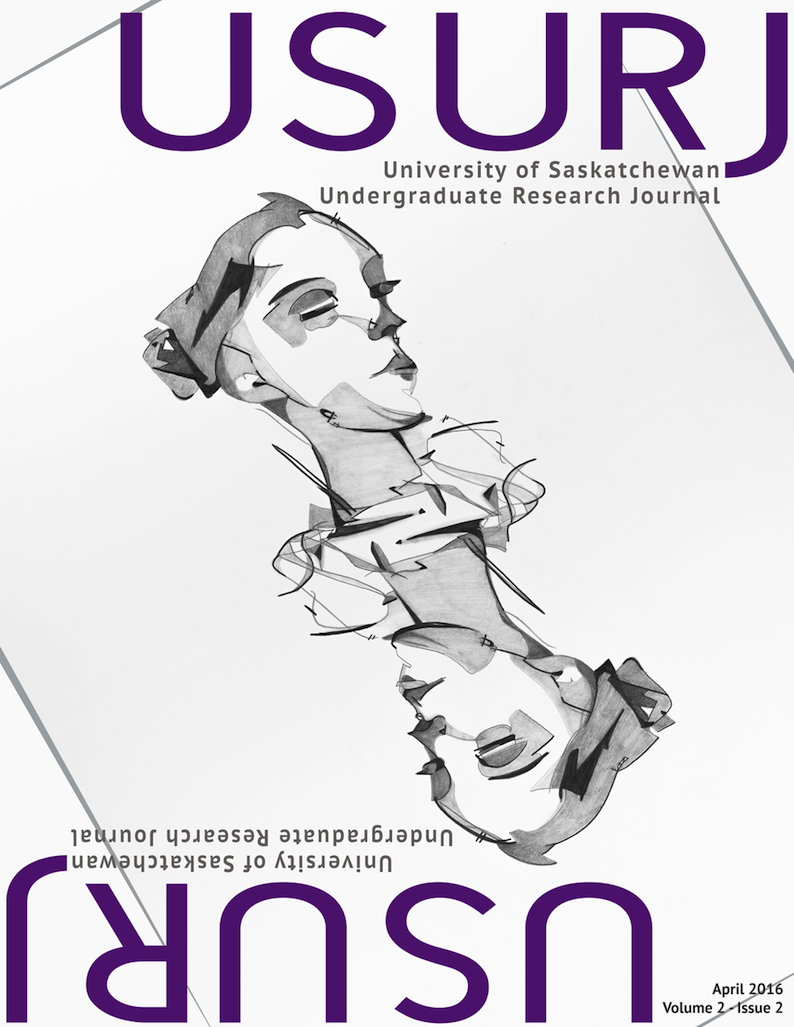The Socio-Political History of China’s Three Gorges Dam
DOI:
https://doi.org/10.32396/usurj.v2i2.155Keywords:
Three Gorges Dam, China, Yangtze River, Mao, HydropowerAbstract
Around the world, the construction of large-scale dams has become a controversial environmental issue. A significant example of such a dam is the Three Gorges Dam on the Yangtze River in China. The Yangtze River, considered the cradle of Chinese civilization, has fundamentally shaped Chinese livelihood, culture, transportation, and agriculture. Despite international and local dissent, as of 2012, the Three Gorges Dam has become a reality. Having fundamentally altered the river system, the biodiversity of the area is now threatened by flooded habitats upstream, drought downstream and a change in nutrient distribution. However, to better understand the reasoning behind the construction of the Three Gorges Dam, a deeper historical, cultural and political basis needs to be recognized. This paper will investigate how the specific history of China has led to the construction of the Dam. Throughout the 20th century, political leaders envisioned the Dam as a symbol of Chinese industrialization and modernization. Ironically, it was considered the ultimate achievement in China’s development. Communist views of mastery over nature played an important role in such political views. These views are not limited to China; the idea that humans should control nature for economic benefit is still evident throughout the world. Beyond the context of China, the Three Gorges Dam is a symbol of the larger systems that value economic benefit and industrialization over a sustainable environment.
Downloads
Published
Issue
Section
License
Articles: USURJ’s current Publication Agreements apply a Creative Commons Attribution-NonCommercial License (CC-BY-NC) by default. The CC BY-NC license lets others remix, tweak, and build upon work non-commercially. The author(s) can choose a different CC license, as outlined in https://creativecommons.org/about/cclicenses/. Please see the PDF for each article to determine what license is applied to that article. Author(s) can also request to reserve all copyright (All Rights Reserved). If there is no indication for articles published before September 2020, assume the author retains all rights beyond those necessary for publication by USURJ. All articles published after September 2020 will apply one of the aforementioned CC licenses. See the Publication Agreement under the Submission Preparation Checklist or Author Guidelines for more information. Artwork: All copyright for the original artwork remains with the artist unless they wish to apply a Creative Commons (CC) license to the artwork. Please see the PDF for each artwork to determine what license is applied to that artwork.







